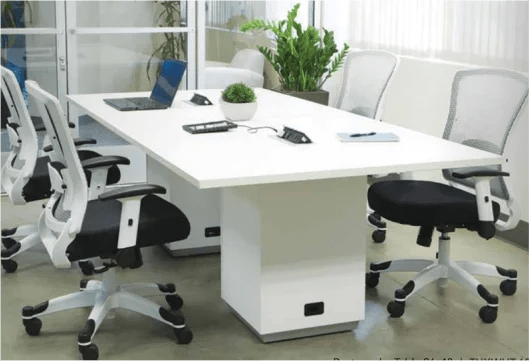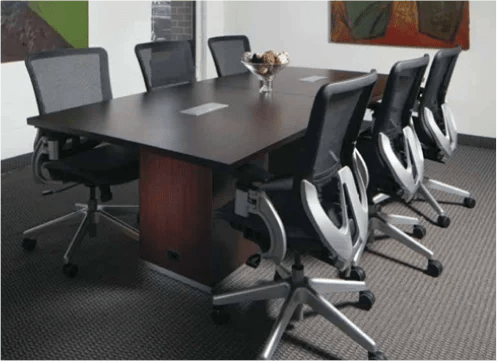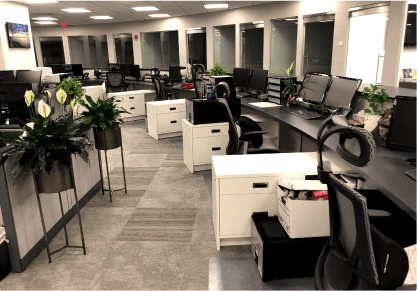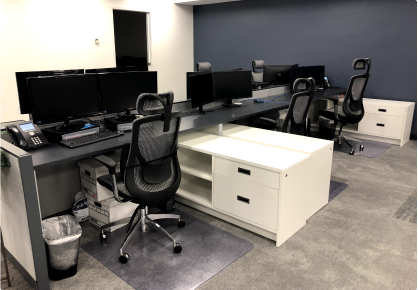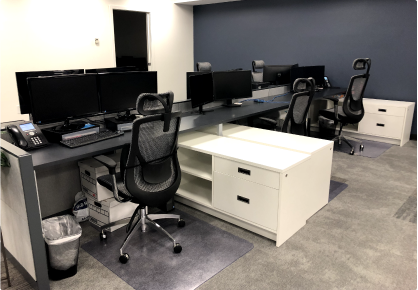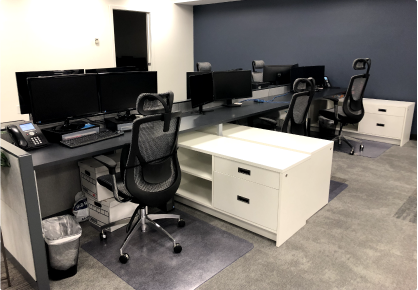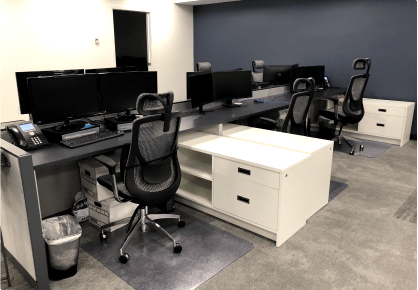- NY Phone: (212) 641-4300 |
- NJ Phone: (908) 300-5664
The Biggest Office Moving Mistakes and How to Avoid Them
The Biggest Office Moving Mistakes and How to Avoid Them

Relocating your office is a major undertaking that demands meticulous planning and flawless execution. A poorly managed move can significantly disrupt business operations, inflate costs, and lead to employee dissatisfaction. To ensure a seamless and efficient transition, it’s imperative to identify and avoid common office moving mistakes.
1. Inadequate Planning and Organization
Mistake: Failing to establish a structured relocation plan can result in chaos, missed deadlines, and operational setbacks.
How to Avoid It:
Develop a Comprehensive Plan: Create a detailed roadmap that includes a precise timeline, budget, task assignments, and robust contingency plans.
Form a Dedicated Move Committee: Assemble a cross-functional team with representatives from each department to oversee the relocation.
Conduct Regular Progress Meetings: Schedule consistent check-ins to monitor progress and address any issues promptly.
2. Neglecting IT Infrastructure
Mistake: Improperly handling IT systems can lead to significant downtime and operational disruptions.
How to Avoid It:
Collaborate with IT Professionals Early: Partner with IT experts to ensure all technological infrastructure is configured and tested at the new location before the move.
Thorough System Testing: Conduct comprehensive tests on all IT equipment to verify functionality before resuming operations.
Implement a Robust Backup Plan: Develop a contingency strategy to address any unexpected technical problems.
3. Insufficient Communication
Mistake: A lack of clear communication with employees, vendors, and clients can result in misunderstandings and inefficiencies.
How to Avoid It:
Establish Clear Communication Channels: Utilize multiple channels, such as email, meetings, and internal memos, to keep all stakeholders informed.
Engage Employees in the Process: Provide clear instructions and involve employees in decision-making where appropriate.
Provide Regular Updates: Keep everyone informed with progress reports and updates on any changes.
4. Selecting an Unreliable Moving Partner
Mistake: Hiring an inexperienced or unreliable moving company can lead to delays, property damage, and unnecessary stress.
How to Avoid It:
Conduct Thorough Research and Comparisons: Evaluate multiple moving companies, comparing their services, reviews, and pricing.
Verify Credentials: Ensure the company is licensed, insured, and has a proven track record.
Request and Check References: Speak with previous clients to assess reliability and service quality.
5. Insufficient Budgeting
Mistake: Underestimating relocation costs can lead to unexpected financial strain.
How to Avoid It:
Create a Detailed Budget: Account for all expenses, including equipment setup, renovations, and storage.
Obtain Multiple Estimates: Compare quotes from various movers to secure a cost-effective solution.
Allocate Contingency Funds: Set aside additional funds to cover unforeseen expenses.
6. Lack of Flexibility and Adaptability
Mistake: Failing to adapt to changes or unexpected issues can derail the move.
How to Avoid It:
Develop Comprehensive Contingency Plans: Prepare for potential obstacles, such as weather disruptions or equipment failures.
Ensure a Flexible Moving Team: Make sure the moving team is equipped to handle last-minute adjustments.
Implement Regular Monitoring: Continuously track the progress of the move and make necessary adjustments.
7. Inadequate Time Allocation
Mistake: Rushing the relocation process can result in errors and increased stress.
How to Avoid It:
Start Planning Early: Begin planning at least 3-6 months in advance.
Create a Detailed Timeline: Outline tasks and deadlines to keep the process on track.
Prioritize Critical Tasks: Address essential aspects, such as securing the new location and hiring movers, first.
8. Ignoring Employee Needs
Mistake: Overlooking employee concerns can lead to dissatisfaction and decreased productivity.
How to Avoid It:
Gather Employee Feedback: Solicit input on workspace preferences and concerns.
Consider Commute and Amenities: Evaluate the impact of the new location on employees.
Provide Support During the Transition: Offer resources and guidance to help employees adjust.
9. Failing to Align with Business Strategy
Mistake: Relocating without aligning with business goals can lead to inefficiencies in the new space.
How to Avoid It:
Implement Strategic Planning: Ensure the new office supports business growth and operational efficiency.
Conduct a Workplace Study: Analyze work patterns to design a functional workspace.
Plan for Future Growth: Design the space to accommodate potential expansions or modifications.
10. Neglecting Environmental Considerations
Mistake: Ignoring sustainability can be a missed opportunity for cost savings and corporate responsibility.
How to Avoid It:
Prioritize Sustainability: Select a location with energy-efficient features.
Implement Green Practices: Establish recycling programs and utilize eco-friendly office materials.
Enhance Corporate Image: Use the relocation to highlight your company’s commitment to sustainability.
By recognizing and proactively addressing these common office moving mistakes, businesses can achieve a smooth and successful transition. With careful planning and the right approach, an office move can be a catalyst for growth and improvement. Eltru specializes in sustainable office furniture solutions, providing businesses with high-quality, eco-friendly options for their new workspace.
Contact Us For
OFFICE SPACE SOLUTIONS
and FF&E Services
Copyright © 2025 RJV Office Furnishing LLC




